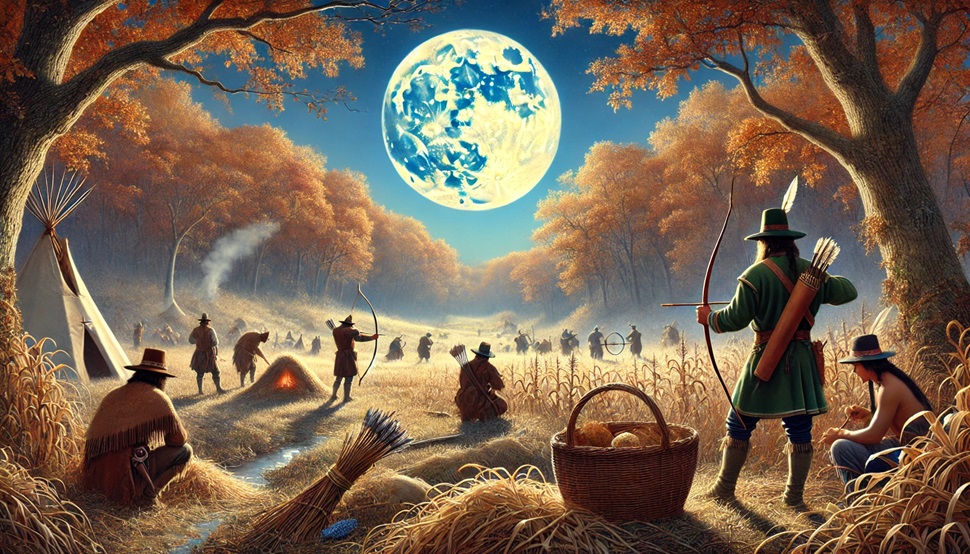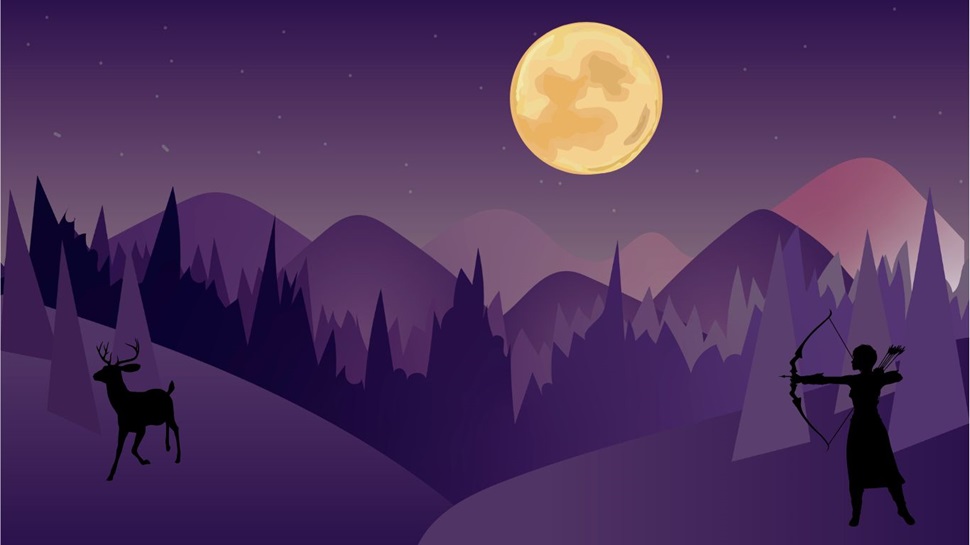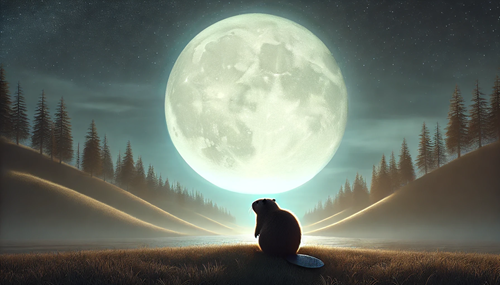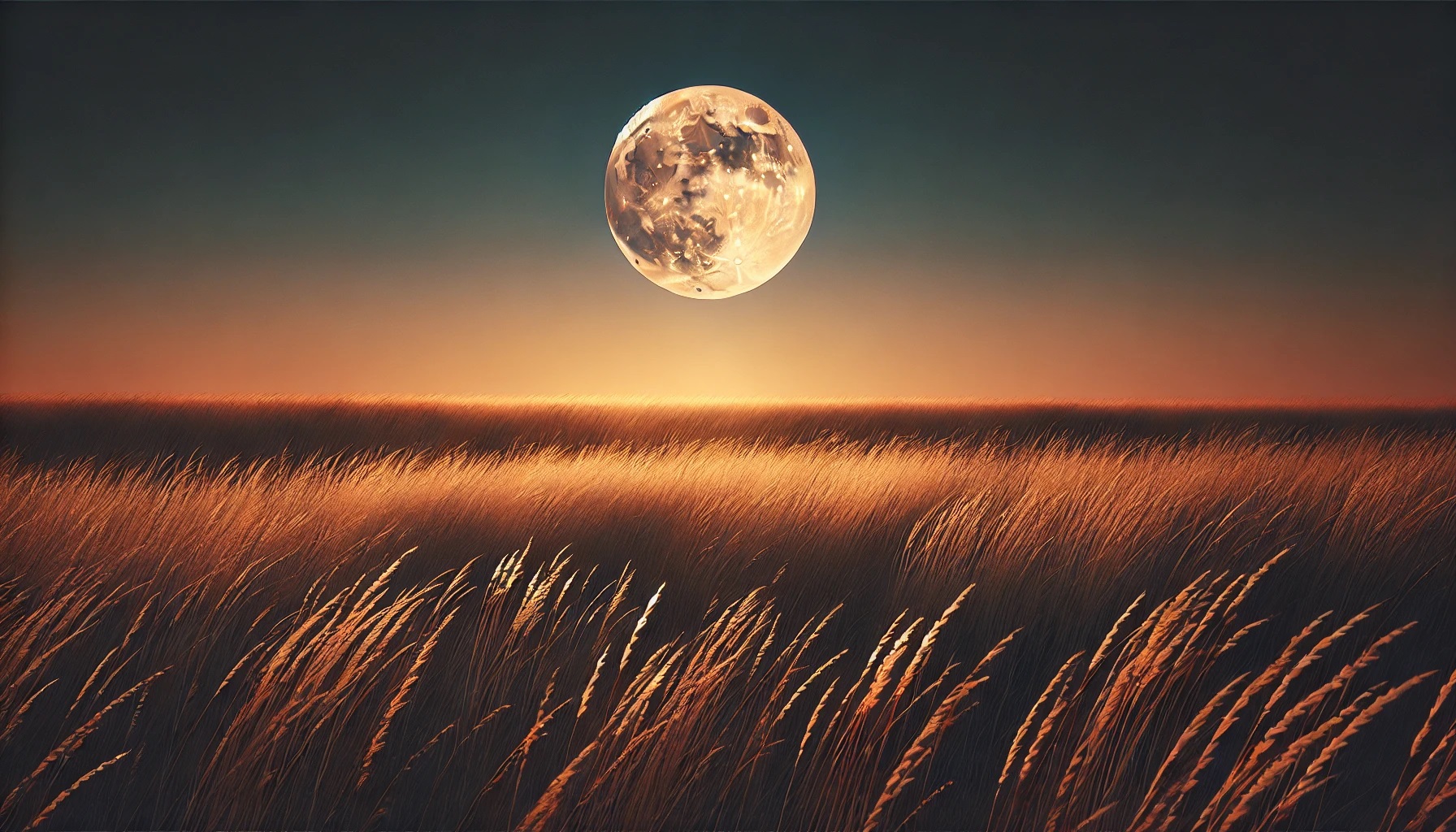The Hunter’s Moon, which occurs in October, is the full moon following the Harvest Moon and traditionally marks the time for hunting game in preparation for winter. This year, it will shine brightly on October 17, offering a spectacular view as it rises in the evening sky. This year is also special on account of it being a Supermoon.
What Is the Hunter’s Moon?
The Hunter’s Moon is the name given to the full moon in October. It follows the Harvest Moon, the full moon closest to the autumn equinox. This moon has been called so because it historically helped hunters see in the dark to hunt game and prepare for winter.

Why Is It Called Hunter’s Moon?
In the past, Native American tribes used different names for each full moon to keep track of the seasons. The Hunter’s Moon was a time to hunt animals before the winter snows arrived. The name comes from the Algonquin Native American tribe and refers to the time of year when hunters were most active. During the pre-colonial times, around this time of year, hunters would prepare for winter by hunting animals like deer, turkey, and pheasant. The bright moonlight made it easier to hunt at night, and cooler weather helped preserve the meat. The animals were also well-fed from the summer harvest.
When Will It Appear?
The Hunter’s Moon will be full on October 17, 2024. It will reach its peak at around 4:56 PM IST and 7:26 AM EDT. Look towards the eastern horizon. The best time to see it will be shortly after it rises and throughout the evening.
How and Where to Spot It?
To view the Hunter’s Moon, find a spot with a clear view of the eastern horizon. Look for a bright, glowing moon that will appear large as it rises, on the eastern horizon. If you want to observe it later in the night, the Moon will be higher in the sky and visible toward the southern direction around midnight, eventually setting in the west by morning. For the clearest view, choose a location with minimal artificial light, such as a rural area or an elevated spot away from city lights.
Alternative Names for the October Moon
Moon names are often tied to natural seasonal indicators or traditional activities of this time of year. Some of the popular names include:
- Drying Rice Moon (Dakota): Refers to the post-harvest process of preparing rice for winter.
- Falling Leaves Moon (Anishinaabe): Highlights the seasonal transition from summer to fall.
- Freezing Moon (Ojibwe) and Ice Moon (Haida): Signify the arrival of colder temperatures.
- Migrating Moon (Cree): Indicates the time when birds start flying south to warmer climates.
Special Features of the Hunter’s Moon
The Hunter’s Moon may look larger and brighter near the horizon, due to the “Moon illusion,” which makes it appear bigger than when it is higher in the sky. This is a normal optical effect and not a change in the moon’s size.
What to Expect
This year’s Hunter’s moon will also be a supermoon! (the third of this season of Supermoons). It will be the closest full moon of 2024, appearing larger and brighter due to its proximity to Earth at the perigee point. It will shine brightly and be a lovely sight in the night sky. It’s a good time to enjoy the fall season and perhaps take some moonlit walks or nighttime photos.
Previous and Upcoming Hunter’s Moons
Previous: Last year’s Hunter’s Moon occurred on October 28, 2023. It was a beautiful full moon that followed the Harvest Moon and provided bright light for those enjoying fall evenings or preparing for the winter months.
Upcoming: After the Hunter’s Moon on October 17, 2024, the next one will be on October 6, 2025. Each year, this moon offers a chance to enjoy the crisp autumn air and the special glow of the full moon, marking the continuation of the seasonal cycle.
Each Hunter’s Moon adds its own charm to the fall season, and while the October 2024 moon will be a spectacular sight, the annual appearance of the special moon always brings a beautiful touch to autumn nights.





One thought on “Hunter’s Moon”